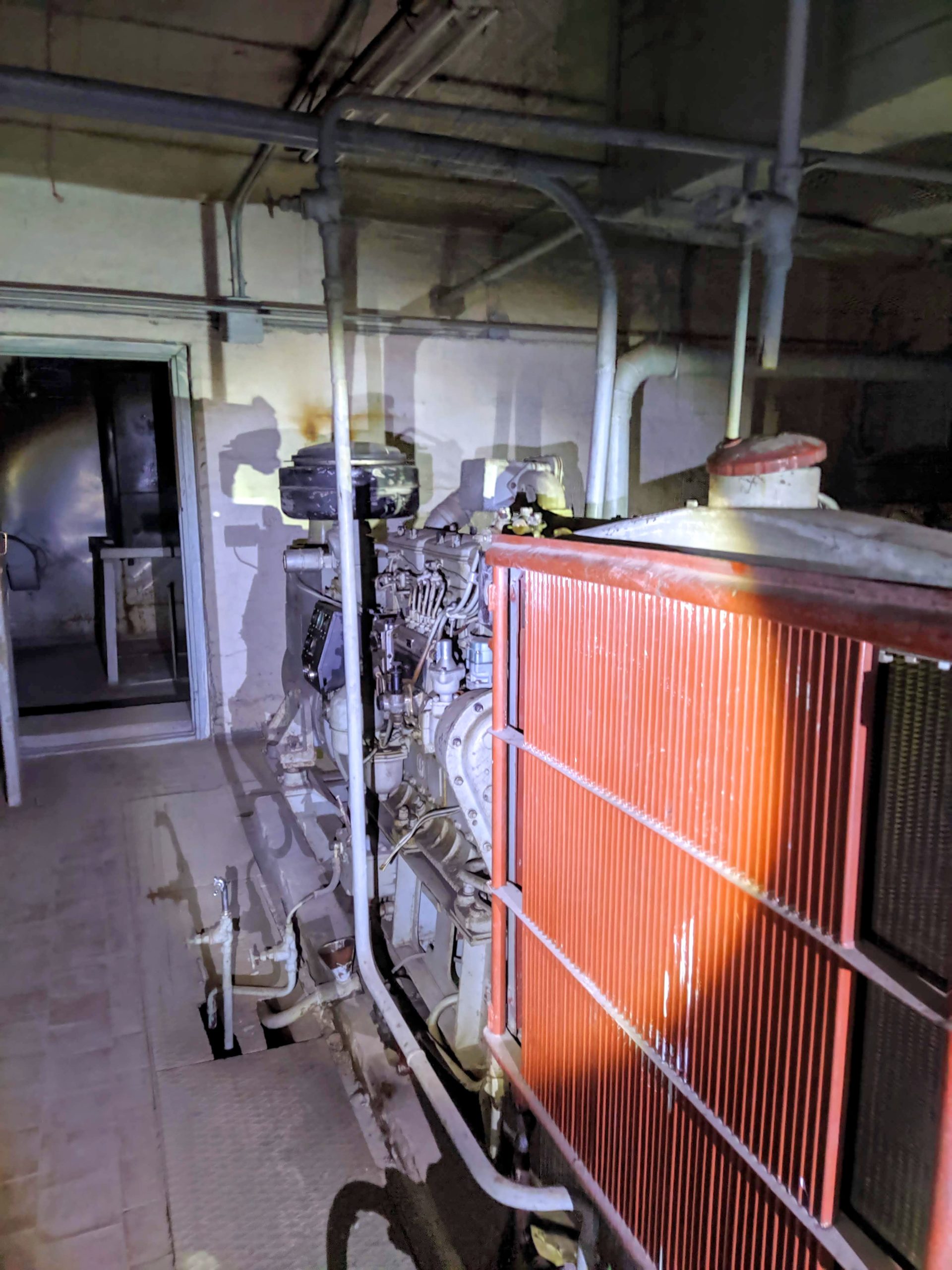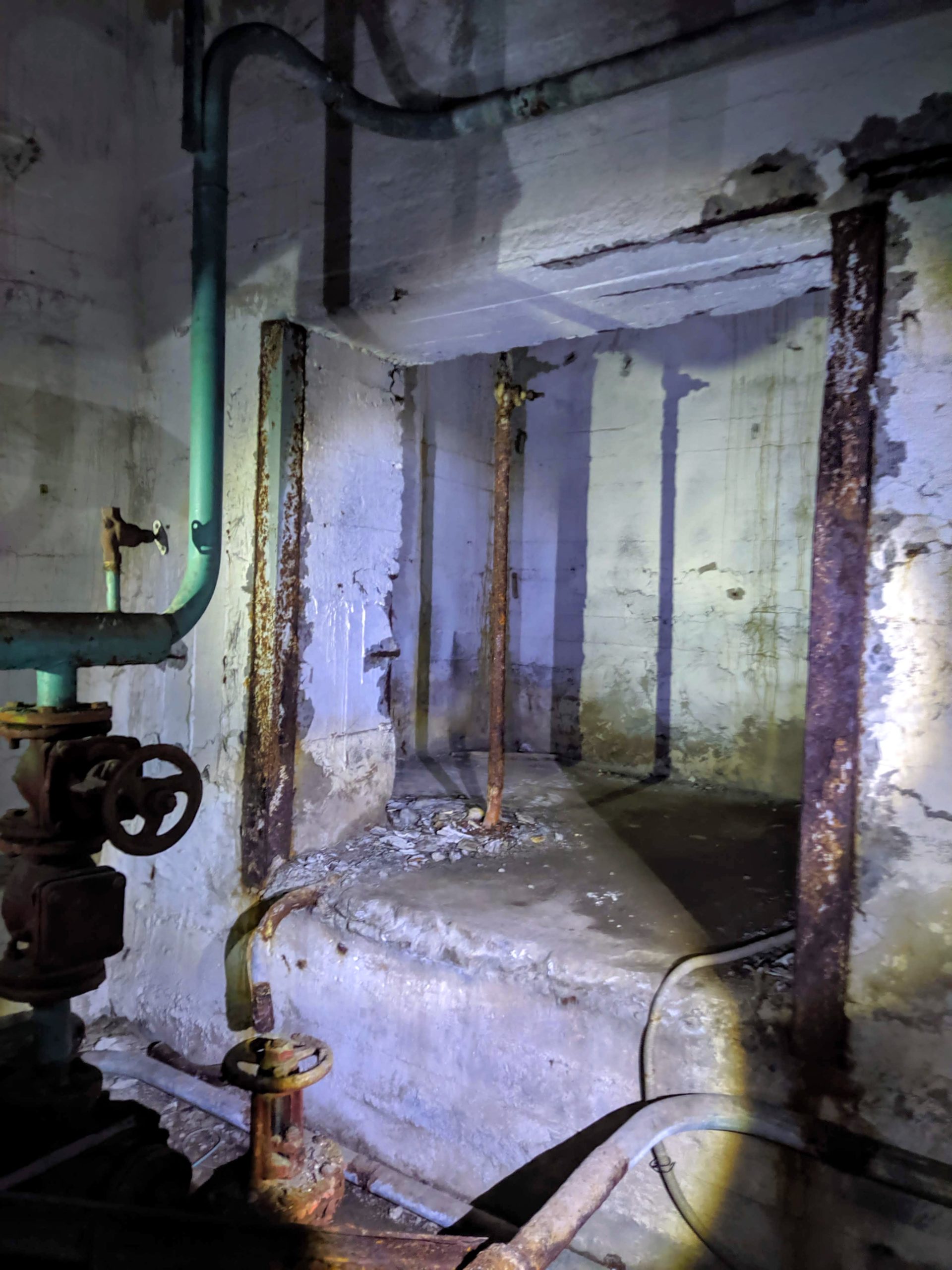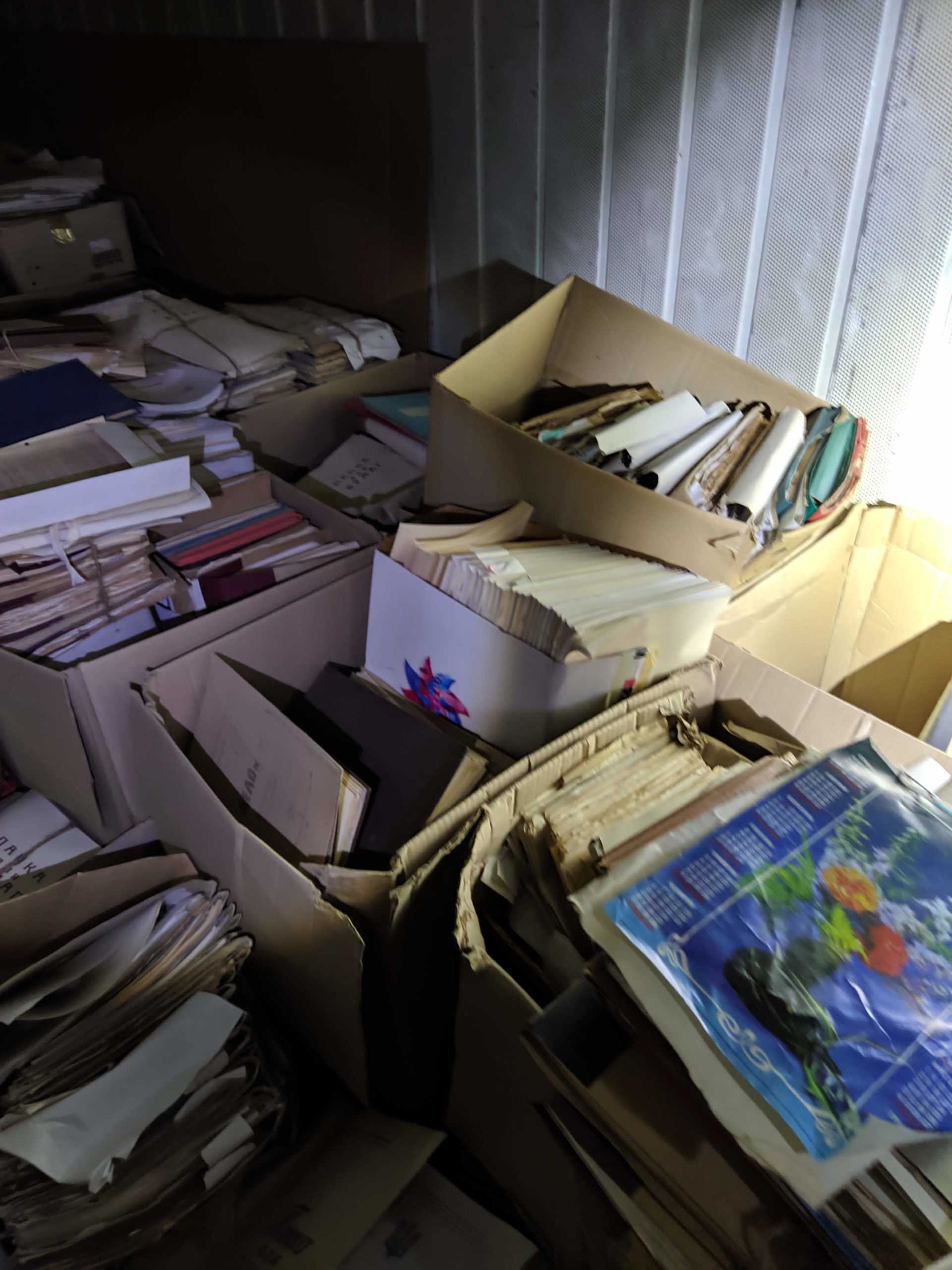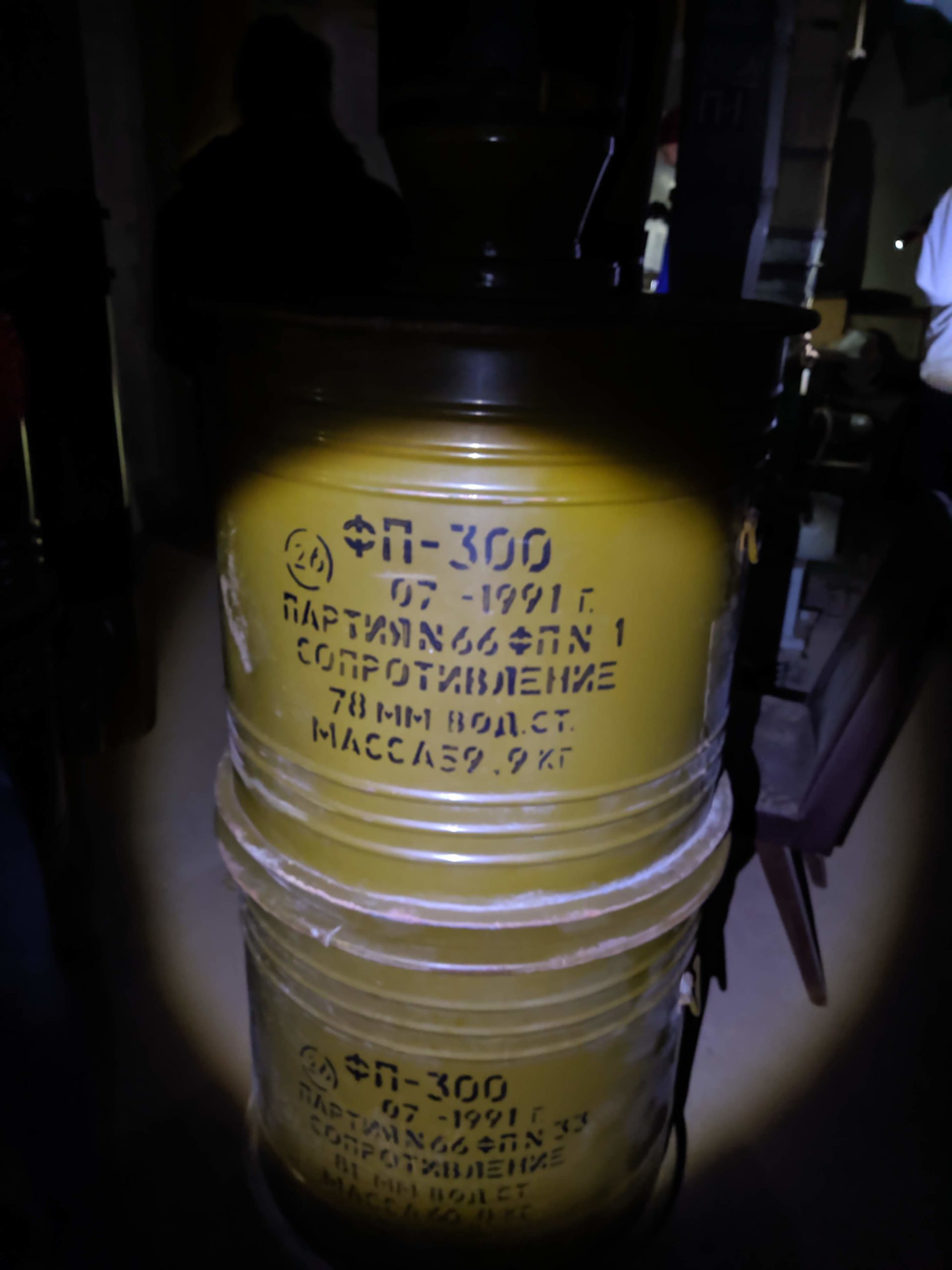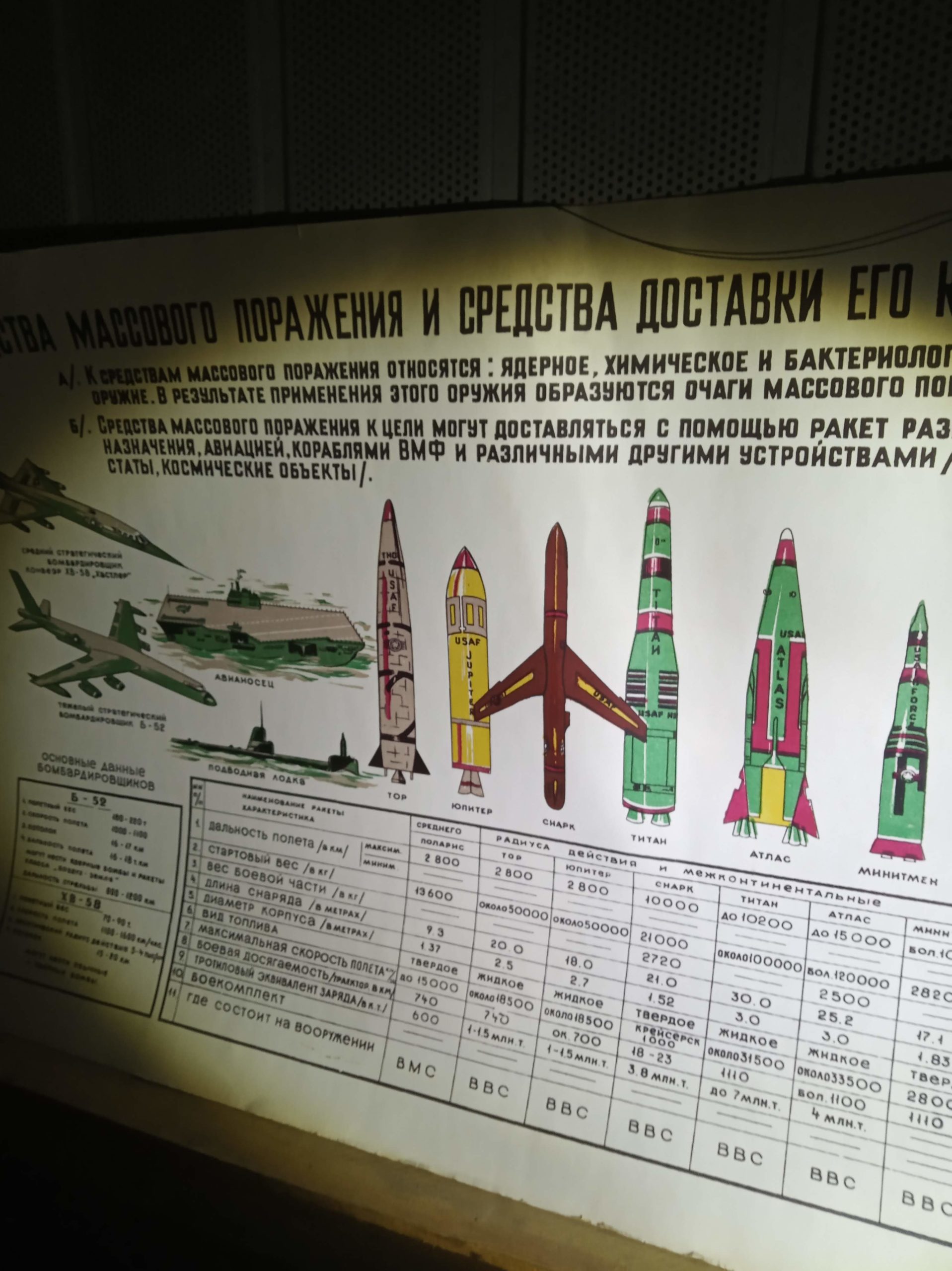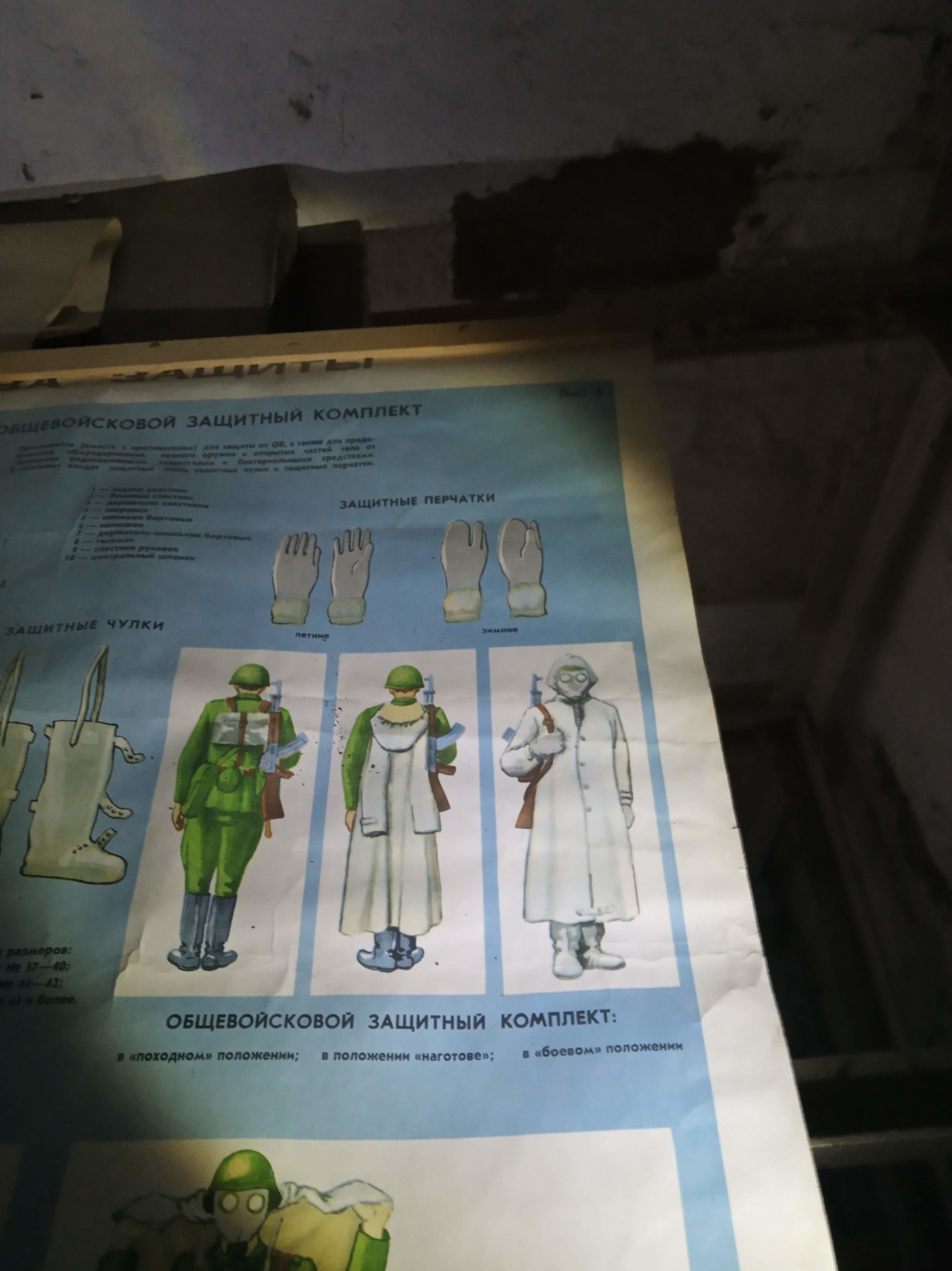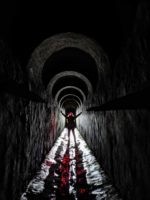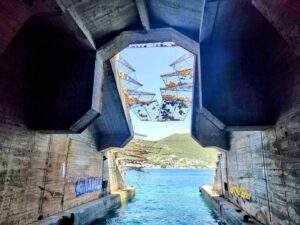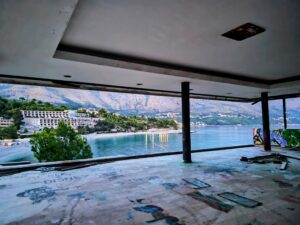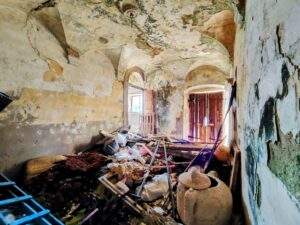Abandoned Ukraine: Soviet Nuclear Bunker – Kiev | Urbex

Kiev, the capital of Ukraine, is the perfect spot for any urban explorer. The relics of its Soviet past have been left, often untouched, for decades. Trespassing is not illegal but falls into a grey area in Ukrainian law. It is in part because of this that Urban exploration (Urbex) is hugely popular amongst the younger generations of Ukrainians. I recommend a guided tour of these ex-Soviet places if you ever visit Kiev. This Soviet nuclear bunker was a fascinating place to explore.
Many asked if we were going to visit Chernobyl when we told them of our upcoming trip to Ukraine. They seemed comfortable about this. An estimated 72,000 tourists visited the site of the nuclear disaster in 2018, rising to 100,000 in 2019. However, the thought of travelling through forgotten bunkers under the city seemed a step too far. In my opinion these abandoned spots reveal so much more about Ukraine’s rich Soviet history.
Gaining Access
We organised a Ukrainian guide, Max, to take us on a tour of the Mykilska drainage system and then to explore a bunker. Max took us to the centre of Kiev, which seemed an unlikely place for an abandoned bunker. He left us waiting next to a playground, surrounded by tall apartment buildings, whilst he checked the coast was clear. It started to snow as he guided us behind some bins and to the unassuming entrance of the bunker. He told us that he and his friends have a few bunkers that they go into regularly. They had gained access simply by changing the padlock! The authorities apparently only check on these places every few years and so we were safe to explore as long as nobody spotted us going in.
We entered the bunker through its emergency exit. However, the offices above are still in use so we had to be very careful. In some areas we had to explore in complete silence. There were times when we could hear people talking above us which was slightly unnerving. The Department of Statistics had used this particular bunker until the mid-1990s. Whilst we all understood the importance of secrecy, Max pulled the lever to turn on a generator which surprisingly whirred to life!
Inside the Bunker
The bunker was expertly designed in case of a nuclear explosion and would protect anyone inside from nuclear fallout. It had thick steel doors and air vents that would open and close depending on air pressure. Computers within the bunker were located in a large faraday cage to block magnetic fields. The bunker contained a wealth of untouched artefacts and every room had something new to discover and explore. Another room appeared to be a store room for documentation. It held piles of papers and included progress reports of the Soviet Union’s notorious five-year plans which continued until 1995.
The Meeting Room
One of the most fascinating finds was the meeting room. Upon each desk was a name plate which told you the last person to occupy that desk and their job role. When looking through the drawers, I found photographs and papers left behind decades ago, this made the experience feel very surreal. It is unbelievable that this place has been untouched and all of its valuable history has been left to rot. There were Soviet posters on many of the walls. These included propaganda and information on hazmat suits and American nuclear weapons. Many of the posters were beautifully hand-painted and it is a shame that they will never be displayed in a museum.
Artefacts

The real gem of the exploration was looking through the wooden crates, full of unused hazmat suits dating from the 1980s. There were crates full of gas masks, gloves, boots and other clothing. The Department of Statistics had around 500 employees and this protection would have been essential if a nuclear attack had occurred. One of the creepier finds in the bunker was the collection of silicone body parts replicating damage from radiation. These were for training in case a nuclear attack ever did happen and felt and looked very realistic. Thankfully the medical training given was never needed.
It is a wonder that there is an untouched and mostly undisturbed Soviet nuclear bunker under the centre of Kiev. Other bunkers in the city have not been so well preserved and their artefacts have been taken. I feel very privileged to have seen this one as those workers did when they left in the 1990s. Anywhere else in the world I feel that these relics would be in a museum, but there is something magical about Ukraine as they are left lying around for courageous explorers to find.
Last Updated on 7 April 2021 by Michael



